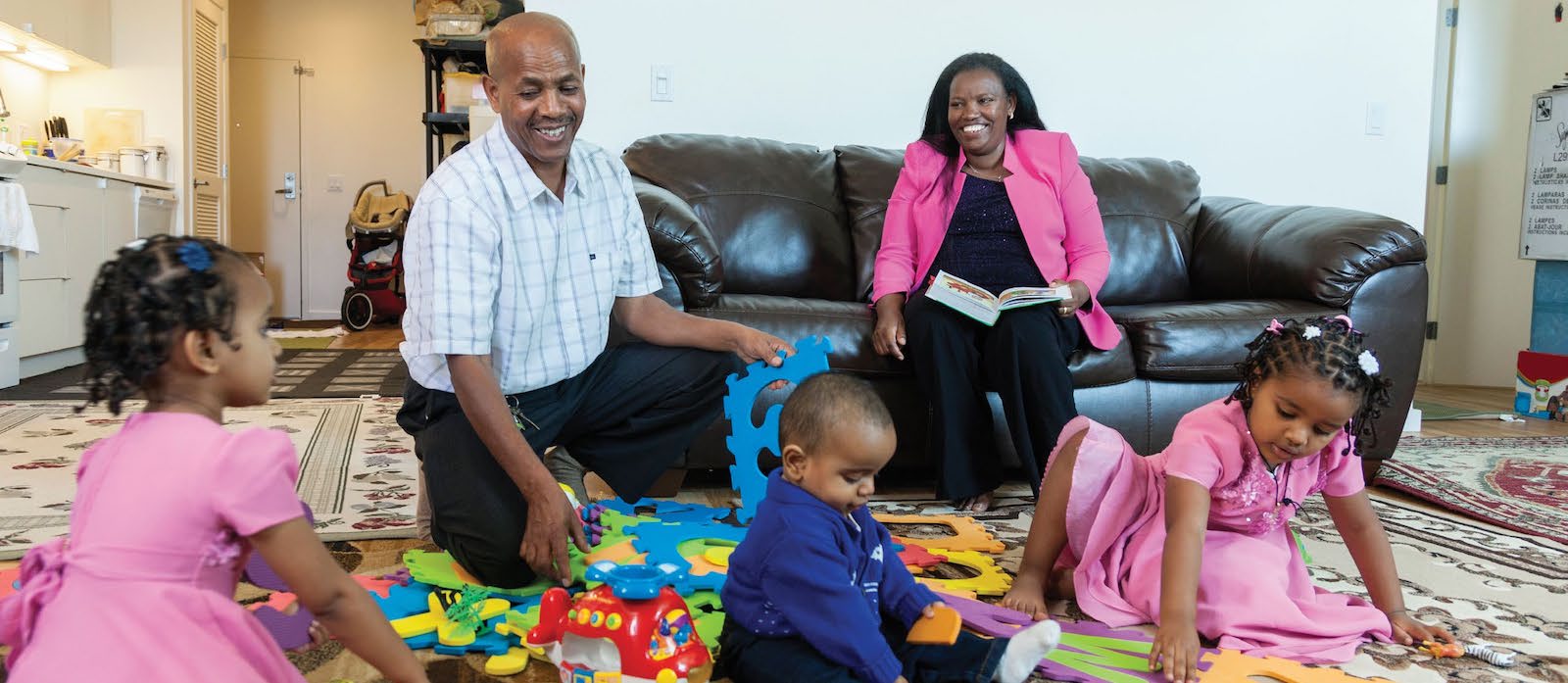Prioritize and Develop Shared Outcomes
Approaches, Considerations and Resources
IDENTIFYING AND PRIORITIZING SHARED OUTCOMES
Although organizations may not progress through the stages of partnership in a linear fashion, some of the steps and resources identified earlier in the toolkit may be useful references during this stage. In particular, assessing existing conditions can help partners understand the needs and challenges that are most pressing and relevant for their work, helping partners to identify and prioritize a shared outcome. Key considerations and suggested steps and resources for identifying and prioritizing shared outcomes include:
Identify Shared Outcomes: At this stage, it is important to consider which housing or education outcomes are most relevant to the challenges that the target community is facing and the missions and strengths of the organizations involved. Many stakeholders find it difficult to prioritize a shared outcome when there are many needs to address. By revisiting earlier assessments or existing example outcomes frameworks, a partnership can begin to see the universe of possible options for shared outcomes.
SUGGESTED RESOURCE:
Housing and Education Outcomes: The outcomes outlined earlier in the toolkit provide a useful starting point for considering the outcomes that may be most relevant for cross-sector solutions. Appendix C and Appendix D each include additional detail on each of the housing and education outcomes, including a summary of the connection between the housing and education outcomes and examples of metrics for each.
Engage Stakeholders: An important consideration in any stage, community engagement is particularly valuable to the development of shared outcomes. An initial step is to understand community-identified needs, followed by gathering community feedback on and endorsement of the shared outcome(s) identified for cross-sector collaboration. Sharing a baseline assessment, such as the needs assessment conducted in Stage 1, can be a helpful introduction when discussing outcomes. Overall, engagement can help ensure that a shared outcome or set of outcomes is aligned with community needs and that the partnership has the community support needed for successful implementation.
SUGGESTED RESOURCES:
Facilitated Workshops and Outcomes Discussions: Facilitated workshops provide the opportunity for a backbone or lead organization to engage with partners and community members to discuss and prioritize shared outcomes in a group setting and ensure community representation. When engaging with multiple partners to identify a shared outcome, it may be helpful to use a discussion guide for interviews or small-group meetings, ensuring a consistent approach to gathering feedback across groups. A guide also helps when initiating conversations about the range of outcomes that local stakeholders are focused on, which later can lead to the identification of shared outcomes. An example of an outcome discussion guide that can be tailored for use in specific communities is included in Appendix F.
SUGGESTED RESOURCE:
Logic Model: A logic model illustrates expected relationships between an organization’s resources, the activities or policies implemented, and the expected changes or results. The logic model also provides a foundation for conducting an evaluation of program results, discussed in Stage 5. For organizations that already have identified a shared outcome, such as reducing student mobility, creating a logic model allows each partner to consider how they can contribute resources and leverage strengths to pursue a shared strategy.


